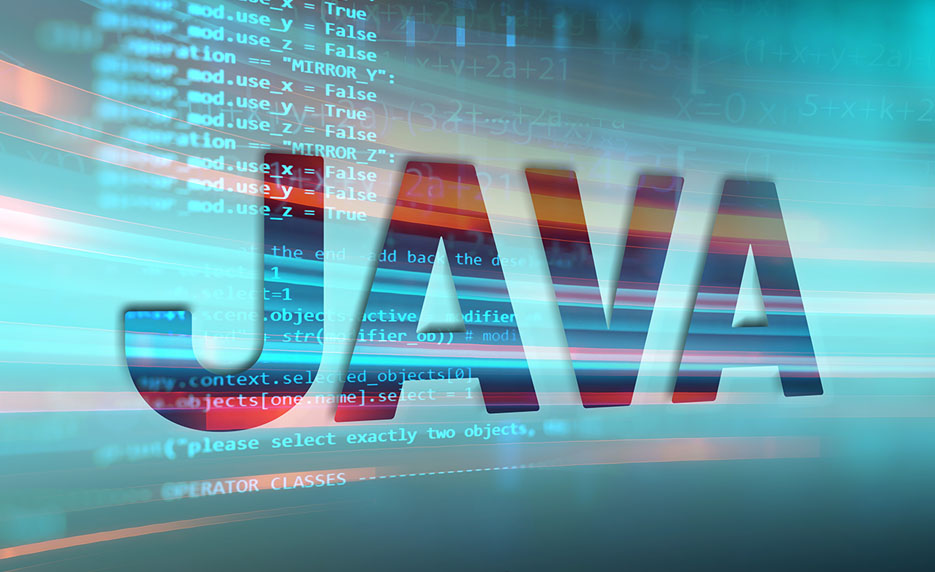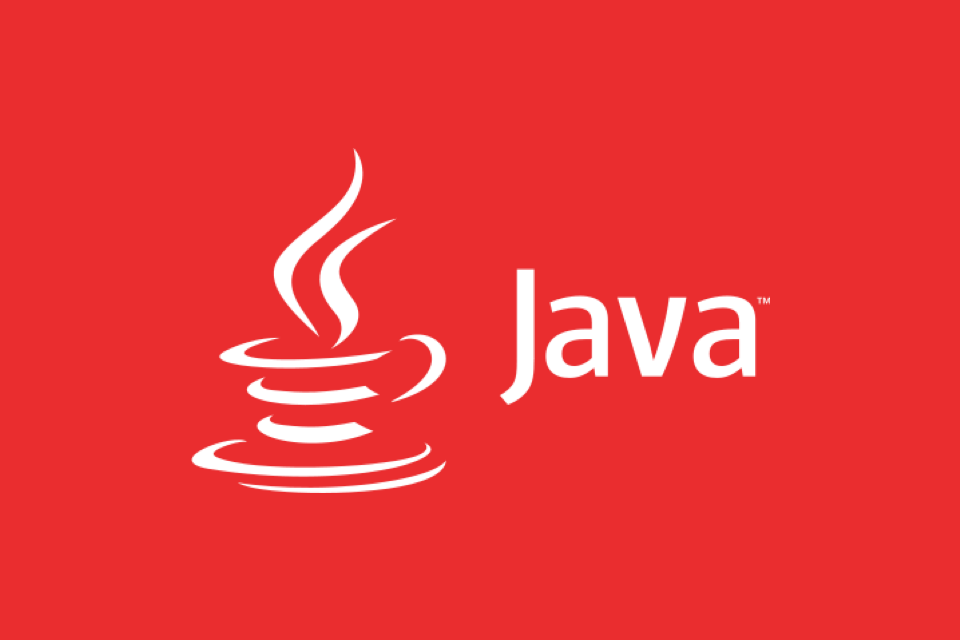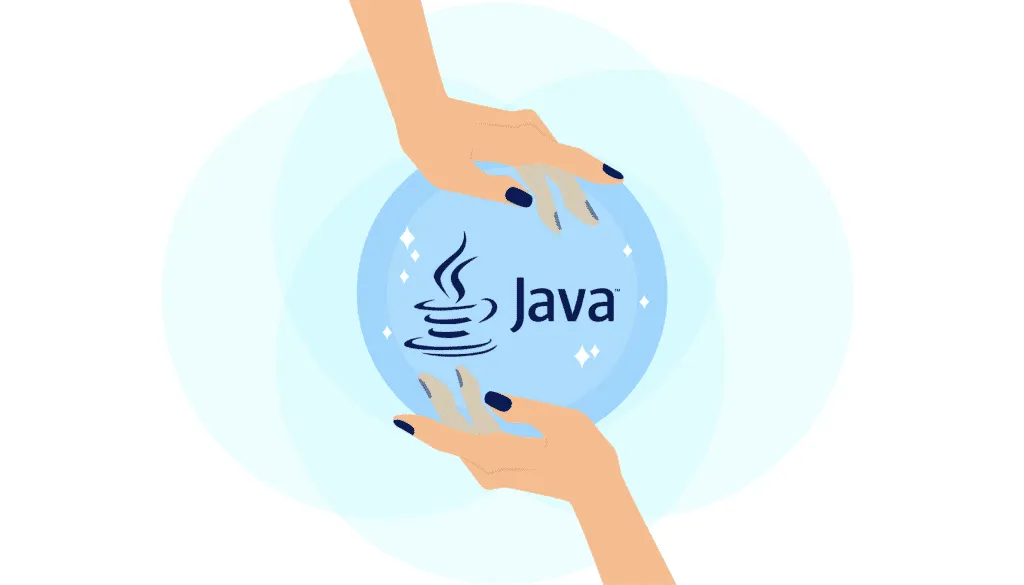The core steps in Java to use JDBC to connect to a database include: loading the driver, establishing a connection, executing SQL, processing results, and closing resources. The specific operations are as follows: 1. Add database driver dependencies, such as MySQL, for mysql-connector-java; 2. Load and register JDBC drivers, such as Class.forName("com.mysql.cj.jdbc.Driver"); 3. Use DriverManager.getConnection() to establish a connection, pass in the URL, username and password; 4. Create a Statement or PreparedStatement to execute SQL queries or updates; 5. Use try-with-resources or finally blocks to close the ResultSet, Statement and Connection to avoid resource leakage.

Connecting to databases is a very common requirement in Java application development, and JDBC (Java Database Connectivity) is the standard API used to implement this function. If you want to know how to use JDBC to connect to a database in Java, there are actually a few core steps: loading the driver, establishing a connection, executing SQL, processing results, and closing resources.

Let’s start from the perspective of actual operation and explain how to do it.

1. Add database driver dependencies
JDBC is a standard interface, but the specific implementation is provided by various database manufacturers. Therefore, the first step is to ensure that there are driver packages for the corresponding database in the project.
For example, if you want to connect to MySQL, you need to introduce mysql-connector-java . If you are using the Maven project, add a line to pom.xml :

<dependency>
<groupId>mysql</groupId>
<artifactId>mysql-connector-java</artifactId>
<version>8.0.33</version>
</dependency>If it is a normal project, manually download the jar package and add it to the classpath.
2. Load and register the JDBC driver
Although many modern JDBC drivers are automatically registered now, it is recommended to manually load the driver class for compatibility and clarity.
Take MySQL as an example:
Class.forName("com.mysql.cj.jdbc.Driver");The purpose of this step is to have the JVM load the driver class and register it with the DriverManager. If this step is omitted, some older versions or environments may report errors.
3. Establish a database connection
Use DriverManager.getConnection() method to establish a connection, and you need to pass in the database URL, username and password.
Example:
String url = "jdbc:mysql://localhost:3306/mydatabase"; String user = "root"; String password = "password"; Connection conn = DriverManager.getConnection(url, user, password);
Notice:
- The format of the URL is usually
jdbc:<數(shù)據(jù)庫(kù)類(lèi)型>://主機(jī):端口/數(shù)據(jù)庫(kù)名 - If it is another database, such as PostgreSQL, the protocol part will be replaced with
jdbc:postgresql
4. Execute SQL queries or updates
Once you have a connection, you can create a Statement or PreparedStatement to execute SQL.
Simple query example:
Statement stmt = conn.createStatement();
ResultSet rs = stmt.executeQuery("SELECT id, name FROM users");
while (rs.next()) {
int id = rs.getInt("id");
String name = rs.getString("name");
System.out.println("ID: " id ", Name: " name);
} If it is an update operation, you can use executeUpdate() method:
int rowsAffected = stmt.executeUpdate("UPDATE users SET name='new_name' WHERE id=1");5. Close resources to avoid leaks
After the JDBC operation is completed, you must close the ResultSet, Statement and Connection, otherwise it is easy to cause resource leakage.
Recommended practices:
- Using try-with-resources (Java 7)
- Or manually close in finally block
Example (try-with-resources):
try (Connection conn = DriverManager.getConnection(url, user, password);
Statement stmt = conn.createStatement();
ResultSet rs = stmt.executeQuery("SELECT * FROM users")) {
while (rs.next()) {
// Process data}
}This way, there is no need to call close() manually, the system will automatically release resources.
Basically that's it. The whole process seems a bit cumbersome, but the structure is clear. Just remember the steps of loading drivers, obtaining connections, executing statements, processing results, and closing resources, and you can connect to the database smoothly.
The above is the detailed content of How to connect to a database using JDBC in Java?. For more information, please follow other related articles on the PHP Chinese website!

Hot AI Tools

Undress AI Tool
Undress images for free

Undresser.AI Undress
AI-powered app for creating realistic nude photos

AI Clothes Remover
Online AI tool for removing clothes from photos.

Clothoff.io
AI clothes remover

Video Face Swap
Swap faces in any video effortlessly with our completely free AI face swap tool!

Hot Article

Hot Tools

Notepad++7.3.1
Easy-to-use and free code editor

SublimeText3 Chinese version
Chinese version, very easy to use

Zend Studio 13.0.1
Powerful PHP integrated development environment

Dreamweaver CS6
Visual web development tools

SublimeText3 Mac version
God-level code editing software (SublimeText3)

Hot Topics
 After Java8 (291), TLS1.1 is disabled and JDBC cannot connect to SqlServer2008 using SSL. How to solve the problem?
May 16, 2023 pm 11:55 PM
After Java8 (291), TLS1.1 is disabled and JDBC cannot connect to SqlServer2008 using SSL. How to solve the problem?
May 16, 2023 pm 11:55 PM
After Java8-291, TLS1.1 is disabled, so that JDBC cannot connect to SqlServer2008 using SSL. What should I do? The following is the solution to modify the java.security file 1. Find the java.security file of jre. If it is jre, go to {JAVA_HOME}/jre/ In lib/security, for example????C:\ProgramFiles\Java\jre1.8.0_301\lib\security. If it is the Eclipse green installation-free portable version, search for java.security in the installation folder, such as????xxx\plugins \org
 Java Errors: JDBC Errors, How to Solve and Avoid
Jun 24, 2023 pm 02:40 PM
Java Errors: JDBC Errors, How to Solve and Avoid
Jun 24, 2023 pm 02:40 PM
With the widespread application of Java, JDBC errors often occur when Java programs connect to databases. JDBC (JavaDatabaseConnectivity) is a programming interface in Java used to connect to a database. Therefore, a JDBC error is an error encountered when a Java program interacts with a database. Here are some of the most common JDBC errors and how to solve and avoid them. ClassNotFoundException This is the most common JDBC
 How to analyze JDBC programming in MySQL
May 30, 2023 pm 10:19 PM
How to analyze JDBC programming in MySQL
May 30, 2023 pm 10:19 PM
1. Prerequisites for database programming Programming languages, such as Java, C, C++, Python and other databases, such as Oracle, MySQL, SQLServer and other database driver packages: Different databases provide different database driver packages corresponding to different programming languages. For example: MySQL provides the Java driver package mysql-connector-java, which is required to operate MySQL based on Java. Similarly, to operate Oracle database based on Java, Oracle's database driver package ojdbc is required. 2. Java database programming: JDBCJDBC, JavaDatabaseConnectiv
 How to implement JDBC batch insert in Java
May 18, 2023 am 10:02 AM
How to implement JDBC batch insert in Java
May 18, 2023 am 10:02 AM
1. Explain that in JDBC, the executeBatch method can execute multiple dml statements in batches, and the efficiency is much higher than executing executeUpdate individually. What is the principle? How to implement batch execution in mysql and oracle? This article will introduce to you the principle behind this. 2. Experiment introduction This experiment will be carried out through the following three steps: a. Record the time consuming of jdbc batch execution and single execution in mysql; b. Record the time consuming of jdbc batch execution and single execution in oracle; c. Record the batch execution and single execution of oracleplsql. The execution time-consuming related java and database versions are as follows: Java17, Mysql8, Oracle
 Common problems encountered in Java using JDBC API to connect to MySQL database
Jun 10, 2023 am 09:55 AM
Common problems encountered in Java using JDBC API to connect to MySQL database
Jun 10, 2023 am 09:55 AM
In recent years, the application of Java language has become more and more widespread, and JDBCAPI is a creative method for Java applications to interact with databases. JDBC is based on an open database connection standard called ODBC, which enables Java applications to connect to any database. management system (DBMS). Among them, MySQL is a popular database management system. However, developers will also encounter some common problems when connecting to MySQL databases. This article aims to introduce the JDBCAPI connection M
 What is the difference between Hibernate framework and JDBC?
Apr 17, 2024 am 10:33 AM
What is the difference between Hibernate framework and JDBC?
Apr 17, 2024 am 10:33 AM
Differences between Hibernate and JDBC: Abstraction level: Hibernate provides high-level object mapping and query generation, while JDBC requires manual coding. Object-relational mapping: Hibernate maps Java objects and database tables, while JDBC does not provide this functionality. Query generation: Hibernate uses HQL to simplify query generation, while JDBC requires writing complex SQL queries. Transaction management: Hibernate automatically manages transactions, while JDBC requires manual management.
 How MySQL implements JDBC
May 27, 2023 am 11:06 AM
How MySQL implements JDBC
May 27, 2023 am 11:06 AM
Basic introductory concepts of JDBC JDBC (JavaDataBaseConnectivity, java database connection) is a Java API used to execute SQL statements and can provide unified access to a variety of relational databases. It is composed of a set of classes and interfaces written in the Java language.??The JDBC specification defines the interface, and the specific implementation is implemented by major database vendors. JDBC is the standard specification for Java to access databases. How to actually operate the database requires specific implementation classes, that is, database drivers. Each database manufacturer writes its own database driver according to the communication format of its own database. So we just need to be able to call J
 How to build a JDBC application using Java?
May 08, 2023 pm 11:25 PM
How to build a JDBC application using Java?
May 08, 2023 pm 11:25 PM
1. Load the database driver. Usually the forName() static method of the Class class is used to load the driver. For example, the following code: //Load driver Class.forName(driverClass) 2. Obtain the database connection through DriverManager. DriverManager provides the following method: // Get the database connection DriverManager.getConnection(Stringurl, Stringuser, Stringpassword); 3. Create a Statement object through the Connection object. ConnectioncreateStatement






